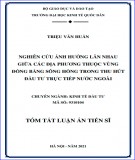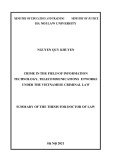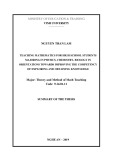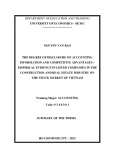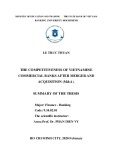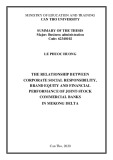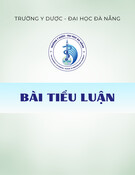
3
premotor cortex. The SMA is linked with the contralateral SMA
through the commissural fibers of the corpus callosum.
1.1.2. Motor pathways
Motor pathways or the pyramidal pathwaysinclude two
components: the pyramidal tract or corticospinal tract and the
corticonuclear fibers. In function, the pyramidal tract controls muscle
of the trunk, the corticonuclear fibers control muscles of the head,
face and neck.
The pyramidal tract
The origins and pathways of the pyramidal tract are fully decribed
in the anatomy books, we would not repeat it. In general, the
pyramidal tract can be divided into two parts:Upper part (hemisphere
part) shaped like a fan and lower part (from cerebral stem
downwards) is cylinder in shape. At present, with the DTI we can see
the image of pyramidal tract from the cerebral cortex to the upper
part of the medulla oblongata.The pyramidal tract is composed of
approximately 1 million axons of motor neuron.
Each neuron consists of a cell body, one or more dendrites and an
axon. The axon is the primary structure part of the tract. Axons with
myelin sheath are called myelinated appear white, masses of such
axons form the fiber bundle. CNS axons are myelinate by oligo-
dendrocytes, which do not provide a neurilemma. Consequently,
damaged CNS axon (the pyramidal tract) usually do not regenerate to
result Waller degeneration.
1.2. Pathology
1.2.1. Cerebral infarction
Acute stage: The necrosis process is formed, local edema of the
brain, initiation is intracellular cytotoxic edemathen there were
vasogenic edema and extracellularedema.
Subacute stage: In this stage, the process of repair and absorption
of necrotic tissue, it takes place from the periphery towards the
center of encephalomalacic area. The result of this process is the
formation of cyst with surrouding glial scars.
Chronic stage: The appearance of the fluid-filled cavity lined by
astrocystes and glial scars, the sulci and ventricle is dilated, the gyri
is shrinked.






